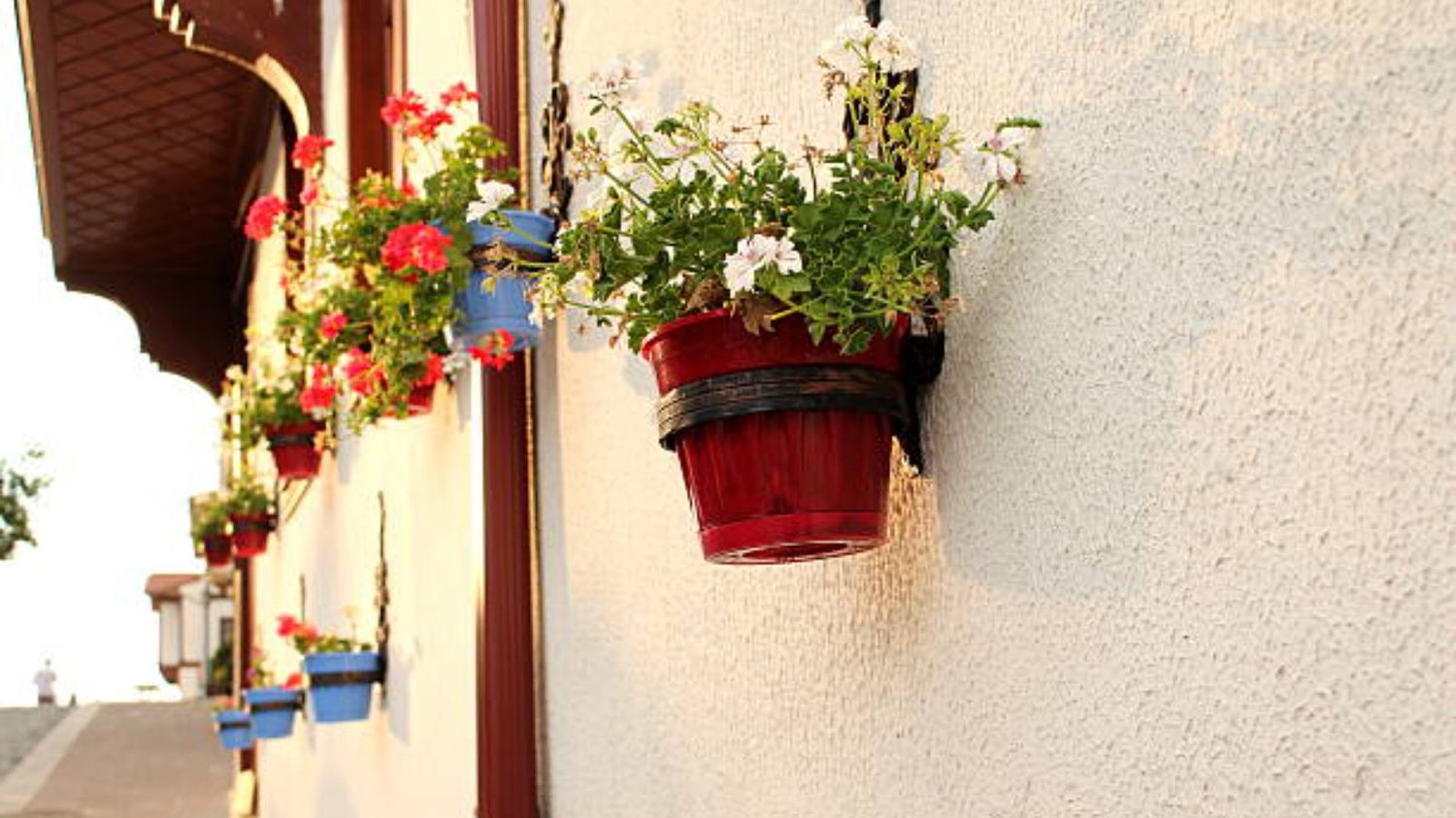Why Do Planters Need Drainage Holes?
Planters are an excellent way to add some greenery to your indoor or outdoor space. However, to ensure the health of your plants, it is crucial to provide an adequate drainage system. That's why drainage holes are essential in planters. Without proper drainage, excess water accumulates in the soil, leading to root rot and eventually killing your plants.
What Happens If You Don't Drill Holes in Your Planter?
Plants need a well-draining soil system to grow and thrive. If you don't drill holes in your planter, the soil won't be able to drain correctly, causing your plants' root system to drown in standing water. It will create an environment that is favorable for the growth of fungi and bacteria, damaging the roots and ultimately leading to plant death.
How Many Drainage Holes Should You Drill in Your Planter?
The number of drainage holes you should drill in your planter depends on its size. For average-sized planters, one to three drainage holes is sufficient. However, large-sized planters, such as those in outdoor gardens, may need more drainage holes. The rule of thumb is to drill one hole for every six square inches of the planter's surface.
What Kind of Drill Bit Should You Use?
When drilling holes in the bottom of your planter, ensure that you use the right drill bit size. The perforations should be big enough to allow excess water to drain out while preventing the soil from escaping. Nonetheless, the holes shouldn't be too big that the soil falls out. That's why a 1/4 inch to 1/2 inch drill bit size is ideal for this purpose.
Are There Any Alternatives to Drilling Drainage Holes in Your Planter?
If you're not willing to drill holes in your planter, there are some alternatives you can opt for. One of them is placing a layer of small rocks or coarse sand at the bottom of the planter. It creates a space that allows excess water to gather without water logging the soil. Another alternative is to create a drainage system using a piece of PVC pipe. The pipe is placed at the bottom of the planter, covered with rocks or gravel, and then filled with soil.
How to Ensure Your Planter Has Proper Drainage?
Ensuring proper drainage in your planter is vital to your plants' health. It includes drilling the right number of holes, using the right size drill bit, and placing a saucer below the planter to collect excess water. You should also use a soil mix that is well-draining for your plants, ensuring that the soil contains sand or perlite. Moreover, ensure that you water your plants thoroughly and allow the soil to dry before you water them again.
Some plants, such as succulents, can survive in planters without drainage holes. That's because they require less water and can store it in their leaves' tissues. However, these plants require a well-draining soil mix and must be watered cautiously, allowing the soil to dry before the next cycle.
If the drainage holes in your planter get clogged, the soil will not be able to drain correctly, causing water to accumulate and waterlog the soil. This creates conditions that attract pests and diseases, leading to the plant's death. Therefore, it is essential to ensure that the drainage holes are clean and free-flowing at all times.
So, should you drill holes in the bottom of your planter? Absolutely! Drainage holes are essential in planters and are a vital component of your plant's growing conditions. They ensure that excess water leaves the soil, preventing root rot and creating an environment that is favorable for your plants.
Should I drill holes in the bottom of my planter??, Planter drainage holes, How to ensure proper drainage for planters, Non-drill alternatives for drainage holes, Planter drainage system, Clogged drainage holes consequences, Planter size and drainage hole count.

